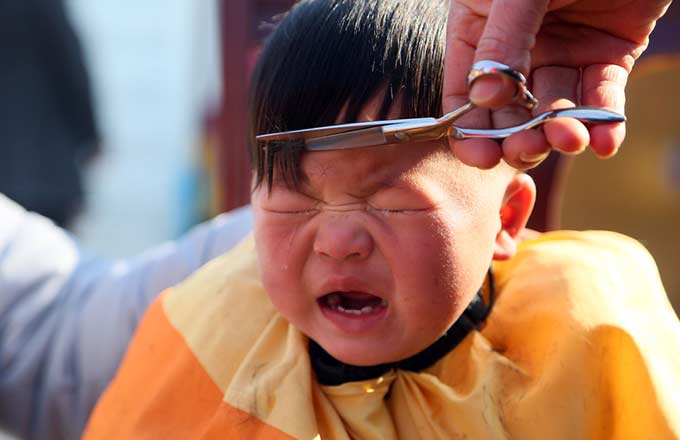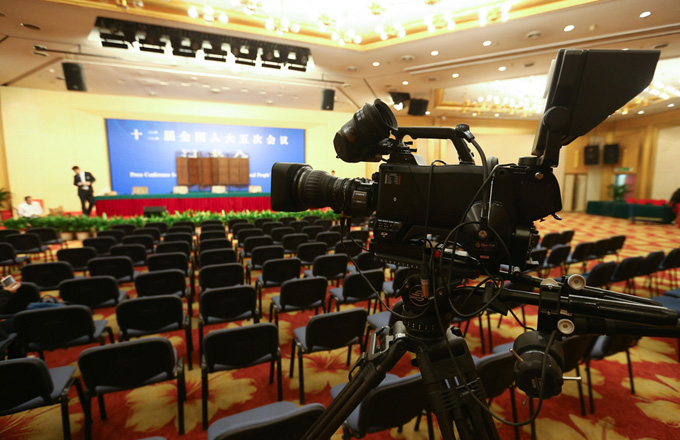Astrophysics and aesthetics
|
Technicians assess the reentry capsule of Shenzhou XI which landed in the Inner Mongolia autonomous region on Friday, bringing home two astronauts from China's longest manned space mission.Ren Junchuan / Xinhua |
Chinese scientist combines extraterrestrial insights with a deep love of beauty. Yu Fei reports for China Features at Xinhua News Agency.
Astrophysicist Zhang Shuangnan likes traditional Chinese deep-fried dough sticks and Western coffee for breakfast before he gets down to work, studying why black holes get "angry."
Sometimes he finds time to ponder why a person is attractive, or to write poems about gravitational waves or quantum entanglement.
"All these things are fun," said the 54-year-old director of the Key Laboratory of Particle Astrophysics at the Chinese Academy of Sciences.
Zhang's field involves examining neutron stars, black holes, galaxies and the evolution of the universe through astronomical observation and theoretical calculation.
In his working life, he develops astronomical instruments, but in his free time, he tries to explain science from the perspective of beauty and studies aesthetics from a scientific viewpoint.
Zhang is in charge of two important projects: a probe on Tiangong II, China's latest space lab, to detect the polarization of bursts of gamma rays; and a space telescope, the Hard X-ray Modulation Telescope, which is scheduled for launch soon.





















